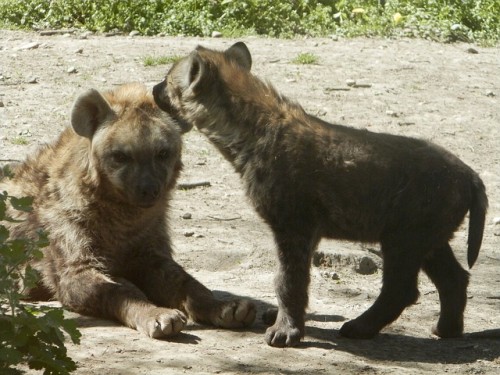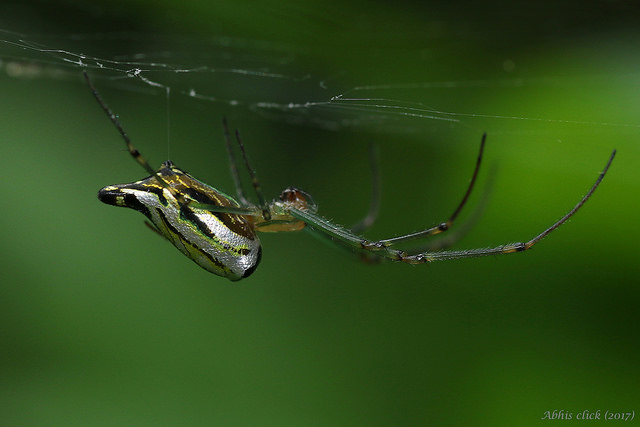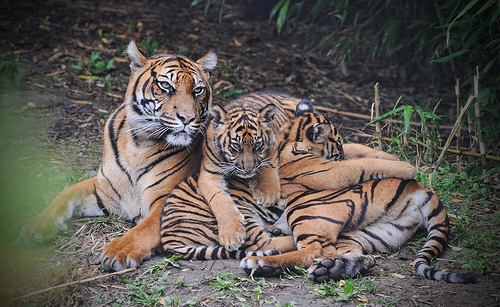The exceptional success of facebook as a social media tool has proven beyond doubt that humans have a natural tendency to make friends with the friends of their friends. A study from National Institute for Mathematical and Biological Synthesis shows that even the spotted hyenas instinctively seem to know that this kind of bonding is advantageous for them.
The Triadic Closure
The kind of behaviour in which a person bonds with friends of friends or cohesive clustering is known as the “triadic closure” by the scientists. The research team which included Kay Holekamp, a distinguished professor of Zoology from the Michigan State University found that the most persistent factor affecting the long-term changes in the social structure of spotted hyenas was triadic closure.
“Cohesive clusters can facilitate efficient cooperation and hence maximize fitness, and so our study shows that hyenas exploit this advantage. Interestingly, clustering is something done in human societies, from hunter-gatherers to Facebook users,” explained lead author Amiyaal Ilany, who conducted the research as a NIMBioS postdoctoral fellow.
Other factors such as sex, individual characters, social ranks, abundance of prey, amount of rainfall, etc. also influenced the social dynamics. However the study in the issue of Ecology Letters maintained that the ability of the hyenas to create and uphold the social bonds was the most important factor affecting their survival.
Cohesive Clustering in Hyenas
Hyenas have a life span of approximately 22 years in the wild. It is the typical behaviour of Spotted Hyenas to live in large groups which may comprise of more than a 100 individuals. These groups are called clans. The findings of the study indicate that the social skills of Spotted Hyenas have evolved to the extent that they can differentiate unrelated hyenas from those who have maternal and paternal ties with them and they tend to form social bonds only with their friends of friends and not with every hyena in the clan.
Additionally the study discovered that while making social decisions, hyenas follow an intricate set of rules. Males seem to be quite rigid in forming bonds whereas the females display a tendency over time to change their social preferences. For example, at one time, a female may care about the social rank but later she may change her preference based on the amount of rainfall.
“In spotted hyenas, females are the dominant sex, and so they can be quite flexible in their social preferences,” Holekamp said. “In contrast, males disperse to new clans after reaching puberty, and after they disperse they have virtually no social control because they are the lowest ranking individuals in the new clan. So we can speculate that perhaps this is why they are obliged to follow stricter social rules.”
The knowledge gleaned from the study about how and why spotted hyenas form lasting relationships may further help the scientists to understand the consequences of sociality and cooperation patterns in other species.
More Related Stories,
Phansad: The Lesser Known Wilderness





